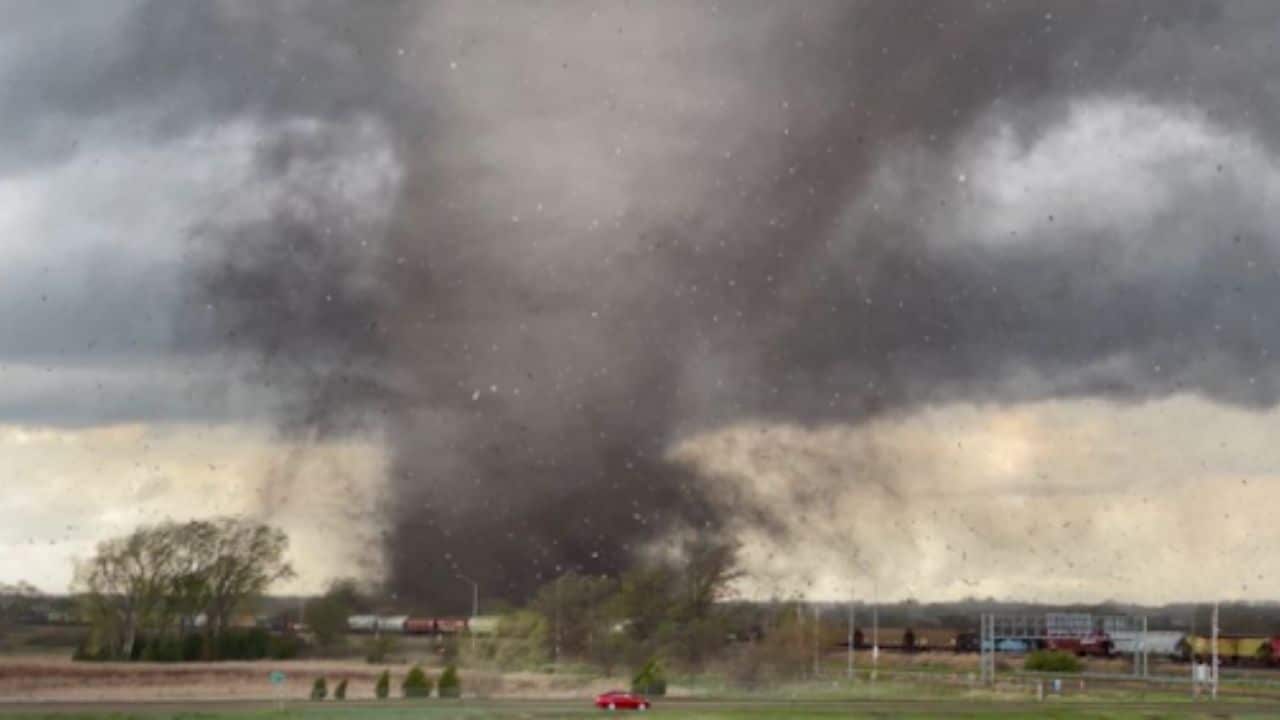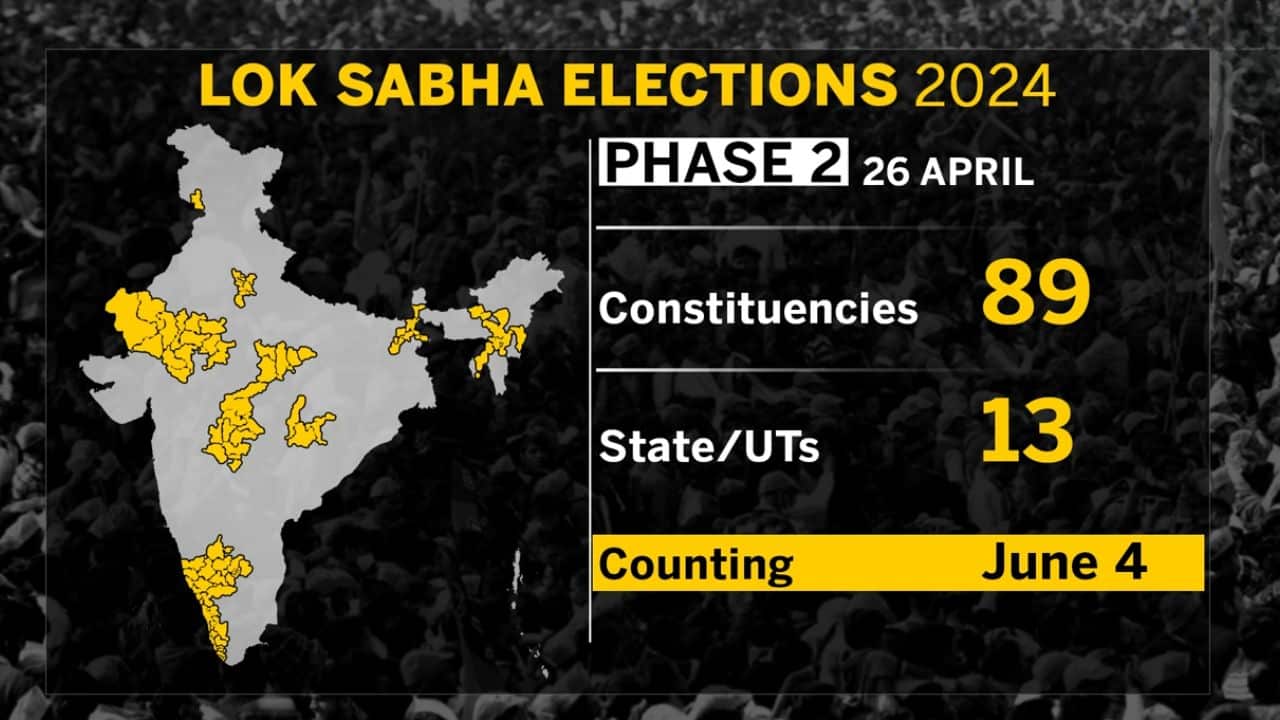An authoritative new forecast from the National Oceanic and Atmospheric Administration’s (NOAA) climate prediction center indicates a robust likelihood of a forceful El Nino taking hold in the Northern Hemisphere starting in March of 2024. This climate pattern, which involves warming of Pacific Ocean waters near South America, profoundly disrupts weather across the globe. El Nino often brings far-reaching consequences in terms of food production, water availability, and the welfare of humans and ecosystems due to its influence on extreme weather events.
Specifically, NOAA scientists believe there is a 75-80% probability of at least a strong El Nino developing next year. This would entail equatorial sea surface temperatures elevating by 1.5°C or more above average levels. Even more notably, the prediction cites a full 30% chance the event could rank among the most powerful ever recorded, comparable to the historically impactful El Ninos of 1997-98 and 2015-16. Those episodes brought widespread havoc in the form of anomalous heat, intense droughts, and catastrophic flooding to regions around the world.In addition, you can also read an article on- Ocean Temperatures Hit Record High, Signaling More Extreme Weather
Far-Reaching Impacts Expected in North America and India
In terms of anticipated continental impacts, in northern North America a strong El Nino typically ushers in overly dry, warm conditions. Meanwhile, parts of the southern United States often undergo increased rainfall and slightly cooler than normal winter weather during El Nino. Across the Pacific in India, El Nino generally acts to sap strength from the vitally important Monsoon winds and reduce critical seasonal rainfall. This can ultimately lead to drought emergencies developing in affected areas. An exceptionally strong Super El Nino could further disrupt typical weather patterns in India, resulting in highly unusual or extreme events like localized heavy rainfall or more extensive drought. Generally southern India seems less affected compared to northern regions. Historically, at least half of all El Nino years have yielded droughts in India with seasonal rainfall failing to reach even 90% of average levels. Additionally, you can also read about- Understanding Global Warming and Climate Change: Insights from NASA Scientist
Latest Data to Inform Ongoing Assessments
Since this El Nino prediction strongly relies on current oceanic and atmospheric conditions, NOAA experts plan to incorporate updated data into their forecasting models in November. This will enable them to refine the probabilities as next year’s weather patterns begin to solidify. The public and impacted sectors are encouraged to closely monitor these authoritative projections in the coming months. Advanced preparation will be key to mitigating this powerful climate phenomenon’s potentially significant human and economic impacts.
You May Find Interest: 7 Innovations in AI that are Helping Fight Climate Change




































